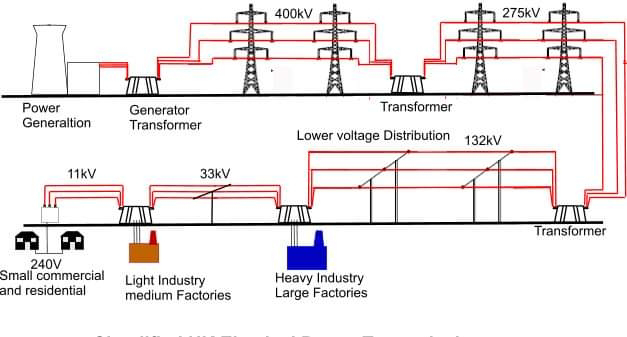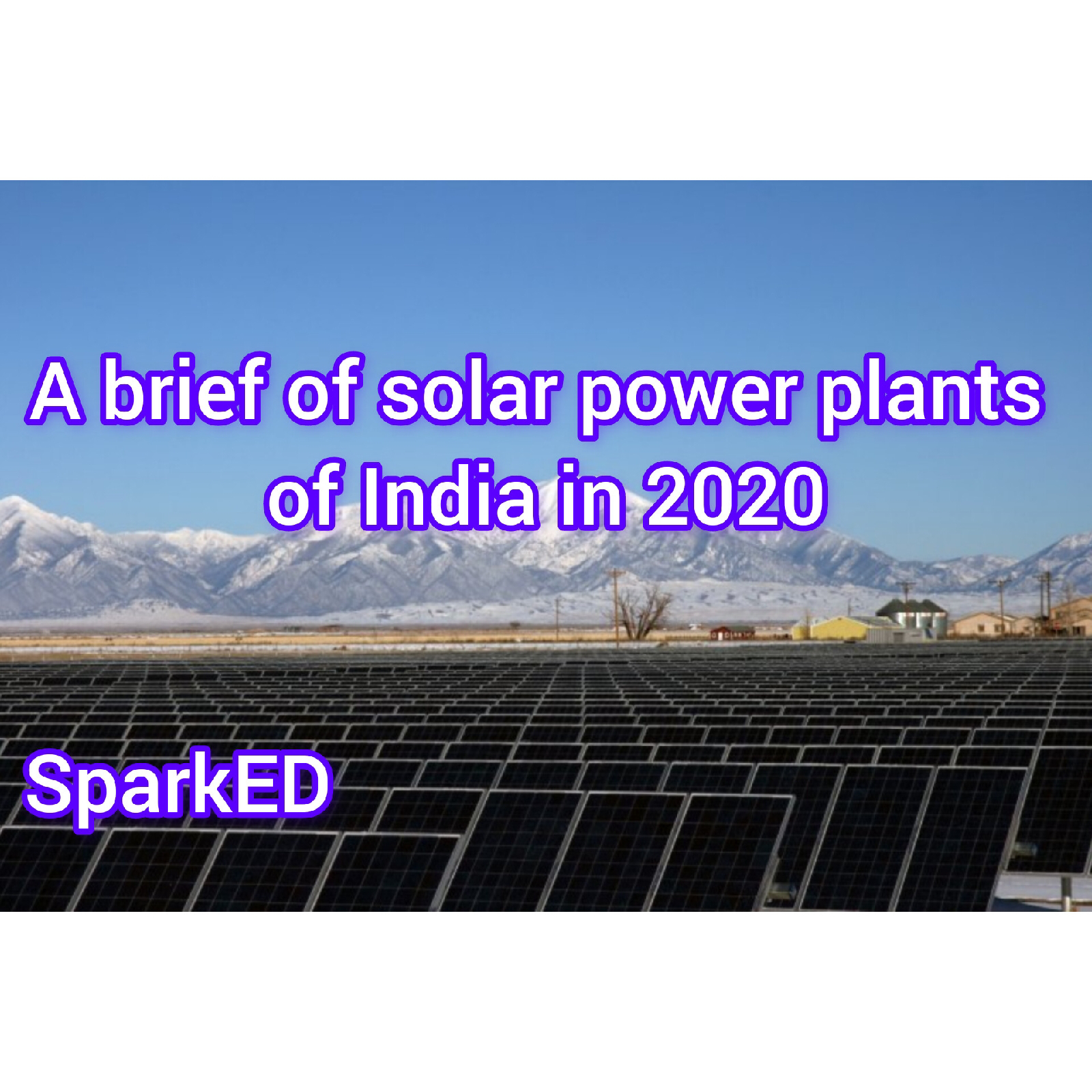These homes typically employ a combination of features such as:
1. High levels of insulation: Thick insulation, including insulation in walls, floors, and roofs, helps to minimize heat transfer and maintain a stable indoor temperature.
2. Energy-efficient windows and doors: Windows and doors with advanced glazing, low-emissivity coatings, and proper sealing minimize heat loss or gain and improve overall thermal performance.
3. Air sealing and ventilation: Airtight construction, combined with mechanical ventilation systems, helps to prevent unwanted air leakage and maintain a controlled indoor environment.
4. High-efficiency heating, cooling, and ventilation systems: Ultra-efficient homes often incorporate energy-saving HVAC systems, including geothermal heat pumps, radiant floor heating, and energy recovery ventilation (ERV) systems.
5. Energy-efficient lighting and appliances: The use of LED lighting and ENERGY STAR-rated appliances reduces electricity consumption compared to traditional lighting and appliances.
6. Renewable energy systems: Many ultra-efficient homes integrate renewable energy sources like solar panels or wind turbines to generate clean electricity on-site.
By implementing these and other energy-saving strategies, ultra-efficient design homes can achieve substantial reductions in energy consumption, resulting in significant cost savings and a smaller carbon footprint.
It's important to note that achieving such high energy savings requires careful planning, construction expertise, and investment in energy-efficient technologies. Additionally, the specific energy savings achieved can vary based on factors such as climate, occupant behavior, and the size and layout of the home.
























